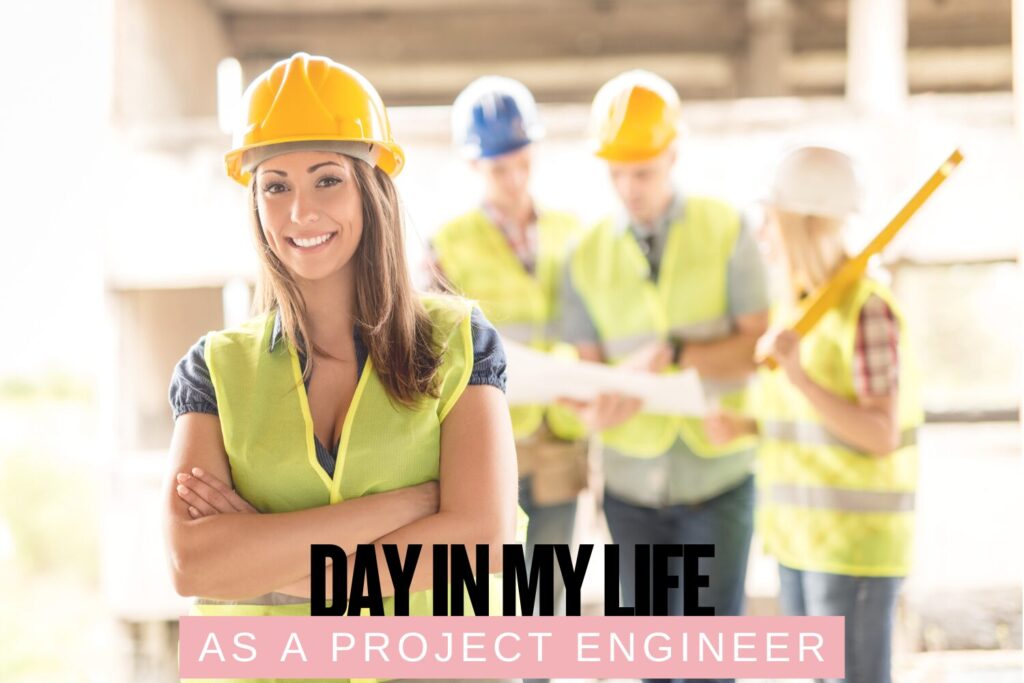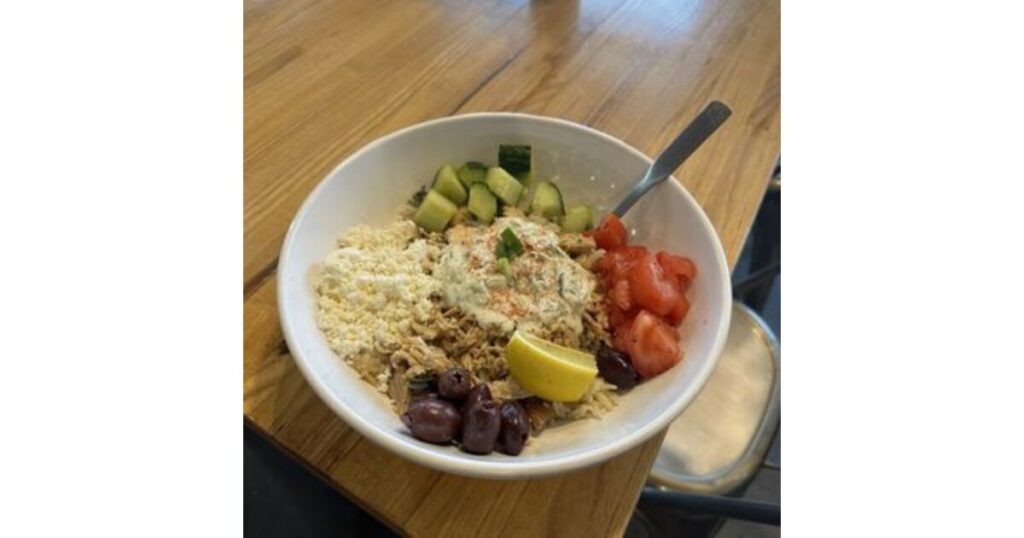This post is all about a day in my life as a project engineer for a general contractor.

Welcome to another day in my life as a project engineer for a general contractor! This particular Tuesday was an especially rainy one, which meant a lot of my day was spent doing administrative tasks and reviewing submittals rather than being out on-site. But don’t worry—there was still plenty to do! Let’s dive into it!
Morning
7:45 AM – Arriving at Work
It was pouring rain today, which meant my commute was slower than usual due to a couple of accidents. On top of that, I had to pack extra clothes and all my meals for the day since I wasn’t going home before heading to the Auburn Men’s Basketball game at Vanderbilt that evening. My friend (who also works in construction) and I had bought tickets way back in October before we knew this game would be such a big deal. Needless to say, I left my apartment looking like a pack mule.
8:00 AM – Safety Training
As soon as I got to the office, I set my things down, and our project safety manager asked if we could finally complete a training session we had been trying to wrap up for months. Since the heavy rain slowed work on-site, it was the perfect time to get it done.
While some trades were still working—our electricians were handling underground rough-in, and our steel subcontractor was unloading trucks—our mechanical, civil, and concrete subs weren’t on-site due to the weather. With this downtime, my safety manager saw an opportunity to focus on training.
The session covered the importance of on-site safety surveys. My company requires engineers to complete at least four safety surveys per month, so I aim to do one each week. These surveys are crucial because they provide data we can share with our subcontractors, helping everyone improve. The key takeaway? Continuous improvement—our company’s ultimate goal is to always enhance safety and efficiency for the tradesmen and women we work with.
8:45 AM – Office Work
After training, I got to my desk and jumped right into reviewing submittals—specifically, Door Hardware Product Data. I also added attendees from our Pre-Start Meeting to Procore and updated our weekly subcontractor meeting invite.
While working, a new form came up that the safety manager and I wanted to integrate into our site processes. I suggested creating a Microsoft Form linked to a QR code that we could place around the site. This would allow anyone to scan the code and report potential safety concerns or anything else requiring our attention.
9:15 AM – Sample Prep
Our Owner-Architect-Contractor (OAC) meeting happens twice a month, and today was one of those days. We’ve been receiving a lot of finish samples lately, so I worked with our intern to ensure the architect received everything they needed. We also created transmittals to track the samples we sent.
For example, we had several flooring samples—tile, LVT, and carpet—that the design team needed to review. One tile had an especially long lead time, so we needed approval ASAP.
10:00 AM – Submittal Review
I skipped today’s OAC meeting to focus on submittal reviews. While reviewing submittals, I also kept up with emails, calls, and checked for returned RFIs or submittals—those need to go back to our subcontractors as quickly as possible.
The door hardware submittal I was working on was particularly challenging. This was my first time reviewing one, and the complexity was on another level. But after several hours of staring at it, I finally started to get the hang of it.
Lunch
11:30 AM – Lunch Break
Our safety manager treated us to lunch for completing the training—Greek food, which was amazing! A nice little mid-day reward.

Afternoon
11:45 AM – More Submittal Review
I spent the rest of the afternoon still working on the door hardware submittal. I know, riveting stuff. But this process taught me a lot about door hardware and how to read specifications.

Here’s what I learned:
- Column 1: Lists the quantity and name of each piece of hardware. Some of these I had to Google—like flush bolts. I had seen them before but never knew what they were called.
- Column 2: Contains product numbers from the manufacturer.
- Column 3: Still not entirely sure what this one means—probably another supplier-related field, but it didn’t seem crucial to the review process.
- Column 4: Displays the abbreviation for the supplier (e.g., “RO” for Rockwood).
- Specification Number: Identifies the section of the project specs related to each piece of hardware. Most were the same, except for one—28 13 00—because that lock required electricity and access control.
- Lightning Bolt Icon: Indicates that a piece of hardware is electrified.
Even though I didn’t finish the review today, I finally felt like I understood it, so I’m confident I’ll wrap it up tomorrow.
1:30 PM – Exterior Skin Testing
I got a call from our testing subcontractor about exterior skin testing. I’ve been working on figuring out which tests we need to purchase for weeks, and after this call, I finally felt like we had a solid plan.
This has been a huge learning curve for me—I knew nothing about exterior skin testing before, and while I still have a lot to learn, I now know way more than when I started.
4:15 PM – Dinner & Getting Ready for the Game
Since I wasn’t going home before the game, I ate dinner at the office and changed into a casual outfit—it was still rainy and cold, so comfort was key. Then, it was time to battle traffic, pick up my friend, and head to the arena.
Evening
6:00 PM – Auburn Game!
We barely made it in time for tip-off, but we made it! Our seats were surprisingly great for only $30. Best part? We won!
Conclusion
This was one of those days that reminded me why I love working in construction. I tackled new challenges, problem-solved in real-time, and made progress on some tricky submittals. I also learned a ton—especially about door hardware and exterior skin testing—both of which pushed me outside my comfort zone.
This is just Day 2 of my Women in Construction Week series, where I’m sharing a real, unfiltered look at my job as a project engineer. Stay tuned for more behind-the-scenes insights into what it’s really like working in construction!
